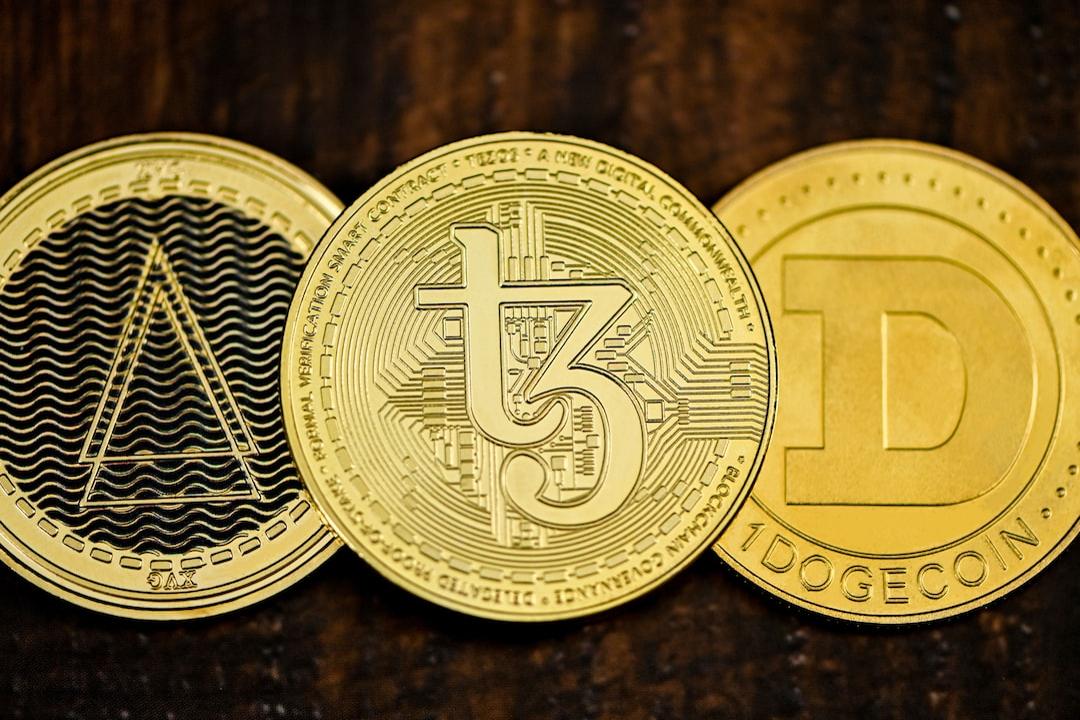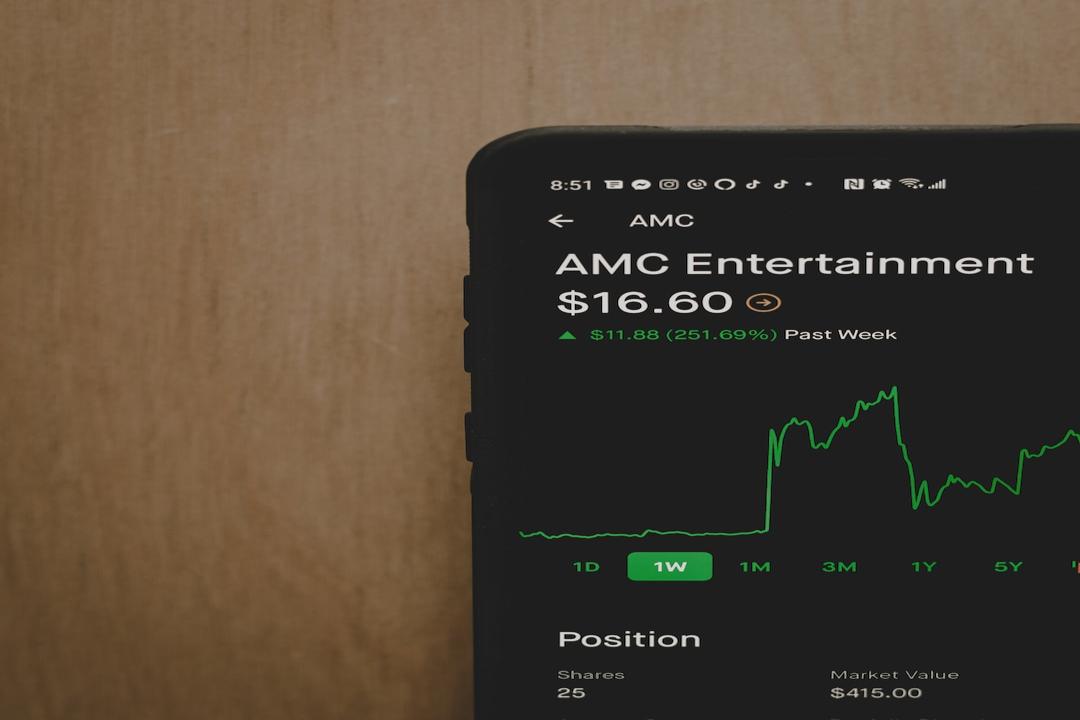Since the approval of Bitcoin ETFs, how much capital have these Wall Street institutions brought into the cryptocurrency market in just over a month?
(Previous Summary:
Forbes: The dominance of the US dollar may be overthrown after the listing of Bitcoin ETFs, and BTC is unstoppable.
)
(Background Supplement:
Monopoly of cryptocurrency custody, will Coinbase be the ultimate winner in the era of Bitcoin ETFs?
)
Table of Contents:
After ETF Approval, Net Increase of 110,000 Bitcoins, Total Holdings Reaching $37.21 Billion
Grayscale Reduces 175,000 Bitcoins, BlackRock Buys 127,000
Coinbase Custodies 637,000 Bitcoins, Custody Fees to Exceed $30 Million in 2024
On January 11th, the U.S. Securities and Exchange Commission (SEC) finally approved the application for Bitcoin ETFs, and 11 Bitcoin ETFs were listed. With this news, the entire crypto circle ushered in a new round of gains. After a brief drop from $49,000 to $38,500, the price of Bitcoin gradually rose again and successfully broke through the $53,000 mark.
So, is Bitcoin ETF really becoming the biggest positive catalyst for the bull market in the entire crypto market? PANews made a comprehensive inventory of the Bitcoin ETF dynamics during this stage. In just over 40 days, how much capital has Bitcoin ETF brought into Bitcoin?
Since the approval of the ETF, as of February 25, 2024, the number of Bitcoins held by the 11 ETFs increased from 619,491 to 732,549, with a total increase of 113,058 Bitcoins. The total holdings of Bitcoin ETFs are 732,000 Bitcoins, and the managed fund size has increased from $28.59 billion to $37.21 billion, with a cumulative increase of $8.6 billion.

According to this data, the average holding price of Bitcoin ETFs during the initial phase of approval is approximately $46,163. The current average holding price is $50,803.
Currently, the holdings of Bitcoin ETFs account for 3.73% of the total supply, which exceeds the number of Bitcoins in 596,000 CoinCarp wallet addresses on Binance (CoinCarp data). Currently, the top 30 spot exchanges hold approximately 1.2 million Bitcoins (excluding the amount held by ETF custodians). From the net increase of 110,000 Bitcoins, the direct new circulation demand brought to the crypto market by the ETF approval accounts for approximately 9.34%. This directly stimulates the price of Bitcoin to rise above $53,000.
Although the overall holdings of Bitcoin ETFs have increased, in the days immediately after the approval of Bitcoin ETFs on January 11th, the price of Bitcoin experienced a significant drop from $49,000 to $38,500. The main reason for this significant drop is the reduction in holdings by Grayscale.
Since investors do not directly purchase Bitcoin when buying ETFs, ETF issuers need to purchase corresponding Bitcoin spot assets through Coinbase and other cryptocurrency exchanges to match market circulation based on the demand from the secondary market. Similarly, institutions like Grayscale, which previously had a discount on Bitcoin GBTC, needed to sell corresponding Bitcoin shares to eliminate the discount after the ETF approval.
Before the SEC approved Bitcoin ETFs, Grayscale had always been the largest holder of Bitcoin, and due to the nature of GBTC as an unredeemable trust fund, Grayscale’s Bitcoin holdings had always increased. This situation was broken after the approval of Bitcoin ETFs. Since ETFs are funds with redemption attributes, Grayscale’s Bitcoin holdings began to decrease rapidly, dropping from 617,000 to 445,000.

There are several reasons for this: the most important reason is that Grayscale charges management fees that are 6 times higher than its competitors. Judging from the management fees of the various ETFs currently announced, most ETFs maintain a range of 0.49%-0.19% for management fees, while Grayscale’s management fee remains at 1.5%, about 6 times higher than its peers. For large capital clients investing in ETFs, Grayscale’s management fee is obviously not advantageous. On the other hand, Ark, which was one of the top 10 GBTC holders, has established its own ETF (ARKB) and will transfer funds to its own ETF pool. Additionally, GBTC no longer has the arbitrage space of the discount, which has led to many GBTC holders changing their positions.
In contrast, BlackRock’s IBIT, which was launched on January 10th, increased from 228 Bitcoins to the current 127,000 Bitcoins. BlackRock is the world’s largest asset management company, managing approximately $8.9 trillion in assets globally. In terms of customer resources and brand effect, it is the most competitive among many ETF products. Currently, BlackRock’s holdings of Bitcoin ETFs, managed by BlackRock and Fidelity, have surpassed MicroStrategy’s 190,000 Bitcoins. Another ETF issuer, Fidelity Investments, has also increased its Bitcoin holdings to 91,600, and these two institutions have almost absorbed all the Bitcoins sold by Grayscale. Therefore, from this perspective, the increase in Bitcoin ETF holdings has not yet shown a significant effect but is in a stage of competition among various issuers.
After the approval of ETFs, various ETF fund companies seem to be the most popular enterprises in the market. In fact, with the implementation of this policy, Coinbase is more likely to benefit. Among all the issued ETFs, except for Fidelity, which self-custodies 91,000 Bitcoins, almost all ETF funds have chosen Coinbase as the custodian for their Bitcoin holdings. Coinbase currently custodies 637,000 Bitcoins for ETF issuers, accounting for 86.9% of all ETF holdings, surpassing Binance’s 590,000.

According to Coinbase’s disclosed Q4 2023 revenue of $953.79 million, exceeding the market’s general expectation of $822.36 million, its financial report shows that Coinbase’s customer asset custody revenue in 2023 was $200 million. Based on the industry’s lower 0.1% fee rate, the current custody funds of Bitcoin ETFs of $32.4 billion will bring Coinbase $32.49 million in revenue in 2024, which will also increase with the growth of the ETF scale.
In addition to Grayscale, BlackRock and Fidelity Investments are also significant players among the current ETF issuers. BlackRock currently has 427 ETF products, with a total Asset Under Management (AUM) of $6.5 billion, ranking 82nd among BlackRock’s ETF products. As the market matures, IBIT’s ranking is expected to continue to rise. Another asset management giant, Fidelity Investments, closely follows with approximately $4.65 billion. Currently, the total AUM of Grayscale, BlackRock, and Fidelity Investments accounts for 90.6% of the ETF market.

According to their fee standards, assuming the current shares are maintained, Grayscale’s management fee income is approximately $34 million (fee rate of 1.5%), BlackRock is about $16 million (fee rate of 0.25%), and Fidelity Investments is about $11 million (fee rate of 0.25%). Of course, if Grayscale continues to maintain its current management fee level, it may soon lose its current Bitcoin holdings.
Currently, it is expected that Ethereum ETFs will also be approved in 2024, with BlackRock being one of the main drivers. As more and more cryptocurrencies enter mainstream finance, this market will become more mature and imaginative.

Related Reports
Forbes: The Dominance of the US Dollar May Be Overthrown After the Listing of Bitcoin ETFs, BTC is Unstoppable
GBTC Sell-off is Over, Over $756 Million Flowed into Bitcoin ETFs! Analyst: $525 Million Will Be Transferred When US Stocks Open on Monday
US Investigates SEC! Prosecutor’s Office Involved in “Twitter Hack” and False Reporting of Bitcoin ETF Incident


